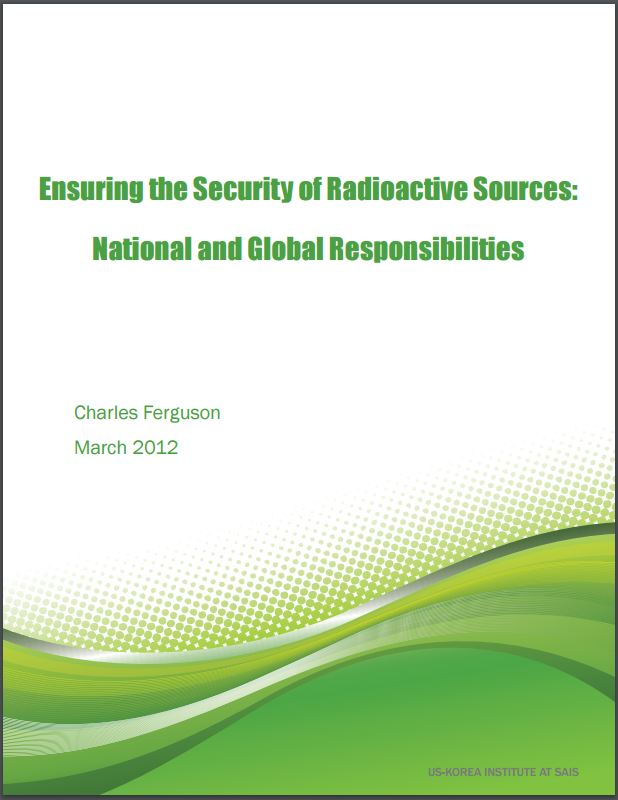Ensuring the Security of Radioactive Sources: National and Global Responsibilities

For most of human existence, people were unaware of the powerful nuclear forces deep inside atoms, although they were exposed to natural background radiation derived from these forces. Not until the end of the 19th century did the first “nuclear scientists,” notably Henri Becquerel and Marie and Pierre Curie, discover energetic rays emanating from certain types of atoms due to these forces. Because of its relative natural abundance and its powerful radiation, radium became a workhorse radioactive substance for the first half of the 20th century.
In this report, FAS President Charles Ferguson examines the national and international efforts to control and secure radioactive materials. He provides background on the basic principles of the science of ionizing radiation and radioactive materials; a risk assessment of the safety and security of these materials; a discussion of various pathways for malicious use of commercial radioactive sources; and an analysis of the many efforts underway to reduce the risk of radiological terrorism with recommendations for the inclusion of this issue at the 2012 Seoul Nuclear Security Summit (“Seoul Summit”) and beyond.
A full PDF version of the report can be found here.
Satellite imagery has long served as a tool for observing on-the-ground activity worldwide, and offers especially valuable insights into the operation, development, and physical features related to nuclear technology.
This report outlines a framework relying on “Cooperative Technical Means” for effective arms control verification based on remote sensing, avoiding on-site inspections but maintaining a level of transparency that allows for immediate detection of changes in nuclear posture or a significant build-up above agreed limits.
The grant comes from the Carnegie Corporation of New York (CCNY) to investigate, alongside The British American Security Information Council (BASIC), the associated impact on nuclear stability.
Satellite imagery of RAF Lakenheath reveals new construction of a security perimeter around ten protective aircraft shelters in the designated nuclear area, the latest measure in a series of upgrades as the base prepares for the ability to store U.S. nuclear weapons.